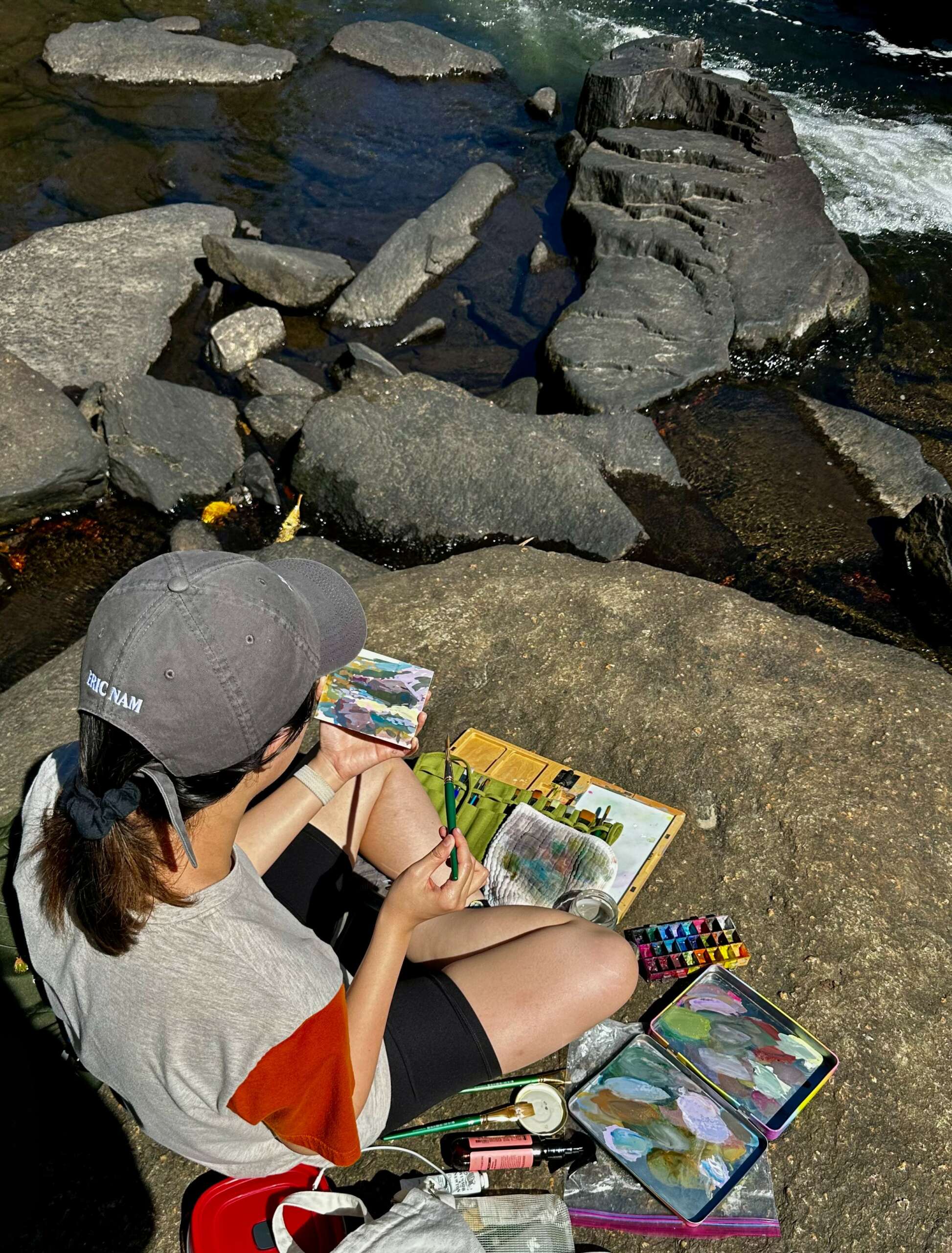We caught up with the brilliant and insightful Mary Pham a few weeks ago and have shared our conversation below.
Mary, looking forward to hearing all of your stories today. Learning the craft is often a unique journey from every creative – we’d love to hear about your journey and if knowing what you know now, you would have done anything differently to speed up the learning process.
So interestingly enough, my journey into painting wasn’t a deliberate choice from the start. Initially, I set out to pursue illustration, and when I first stepped into a painting class, I approached it with the mindset of just getting through the course. Color theory seemed really daunting and the hefty price tag of painting supplies just did not appeal to me at the time.
Reflecting on my learning process, it’s been a blend of stumbling curiosity and disciplined practice. Looking back, I realize that what drew me to painting, despite my initial disinterest, was because I couldn’t make sense of it. Even now, I find that adhering strictly to conventional rules of painting rarely yields the perfect outcome because there’s so many exceptions, and I’ve discovered that my best work emerges when I approach a piece without mentally ticking off a checklist.
I wasn’t preoccupied with specific color palettes or aesthetics. The lack of reverence towards painting made me more fearless about color and I just tossed in whatever I could to see what would happen, and in turn, the real excitement came from the problem solving aspect. How do I make these colors work? How do I navigate through the chaos I’d created?
One of the key accelerators of my learning was undoubtedly finding a community of fellow artists. After completing undergrad, maintaining momentum became incredibly difficult without the supportive environment I’d grown accustomed to. While I’d always been disciplined as a student, embarking on an art career alone is immensely daunting, and I learned that art doesn’t have to be done in solitude; sharing experiences with others enriches the creative journey.

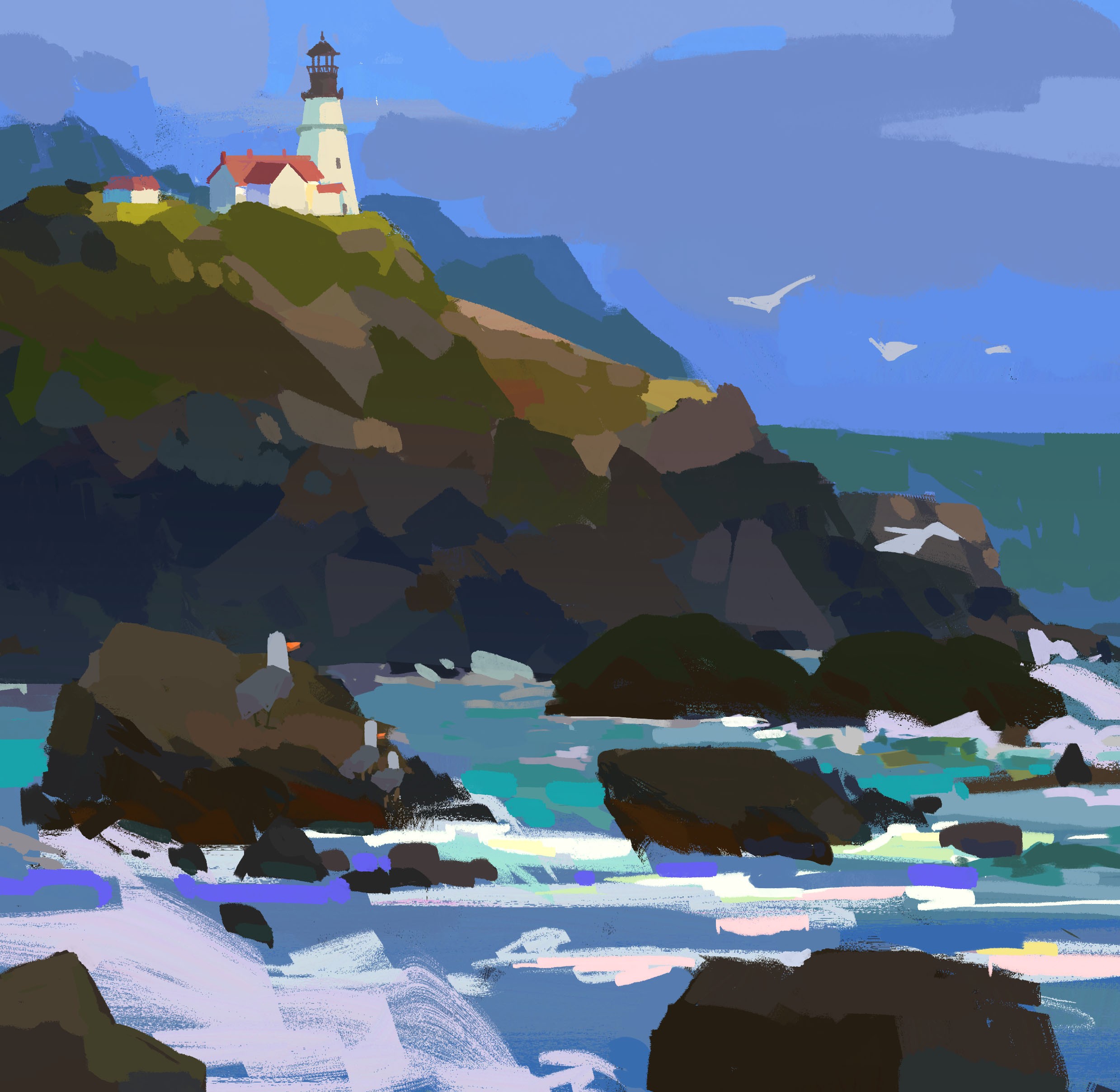
Mary, love having you share your insights with us. Before we ask you more questions, maybe you can take a moment to introduce yourself to our readers who might have missed our earlier conversations?
I am a background painter for animation. For work, I receive a background layout which comes in the form of a drawing and apply color and rendering information based off pre-designated color palettes. My role is responsible for creating immersive and visually stunning environments that serve as the backdrop for the story and characters, contributing to the overall look and feel of the final product.
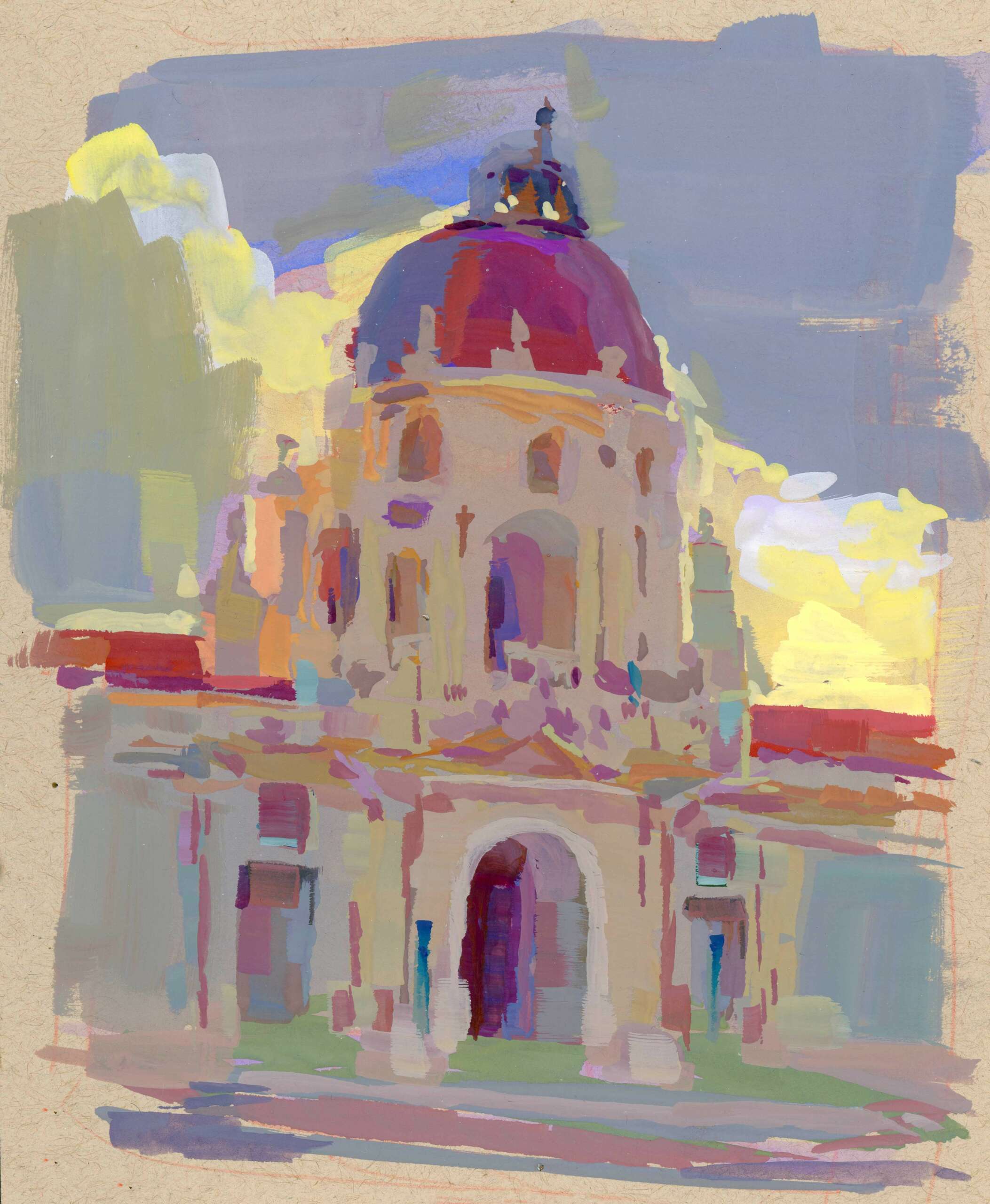
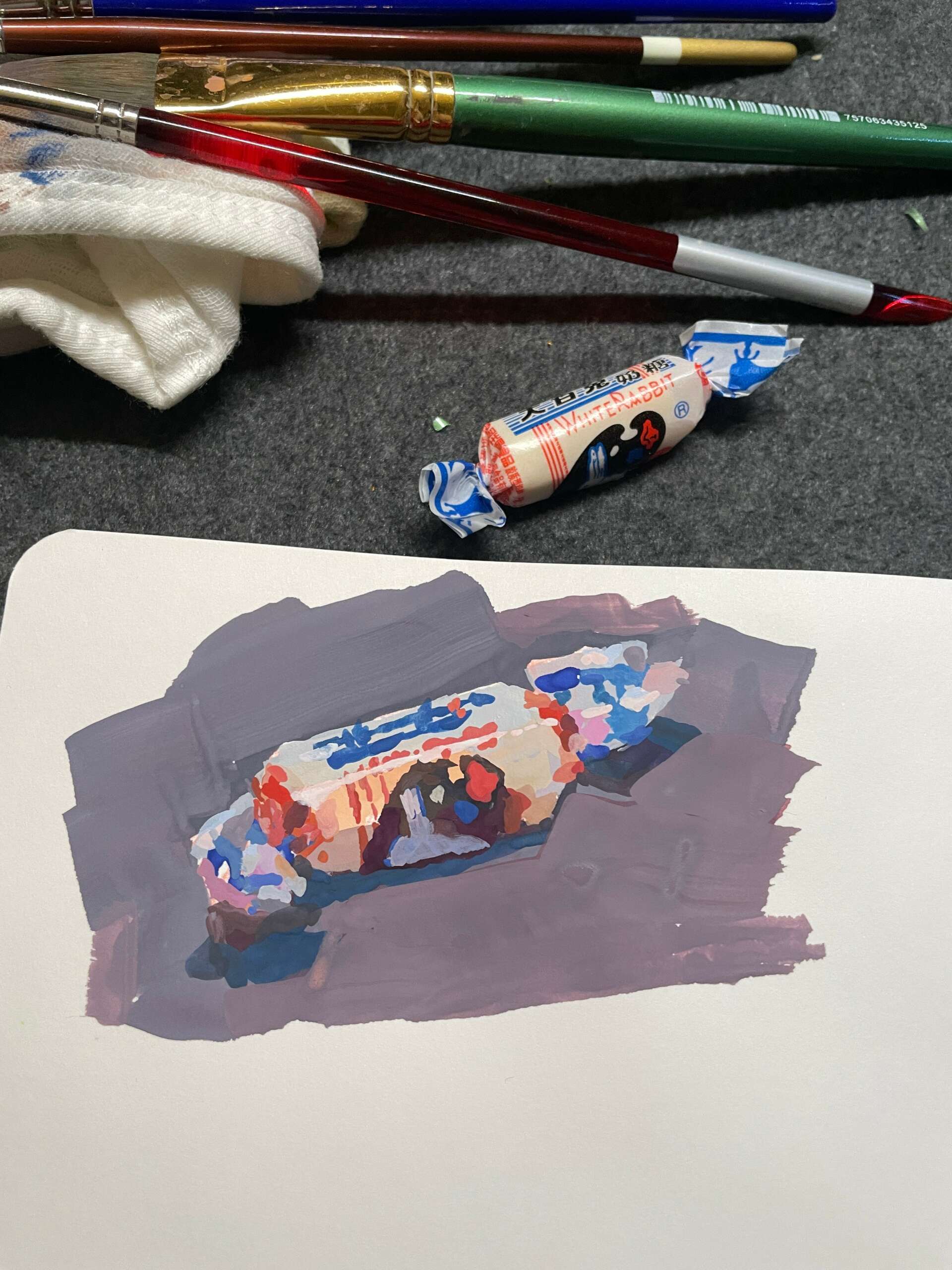
In your view, what can society to do to best support artists, creatives and a thriving creative ecosystem?
Recognize the value of artists’ work by providing them with proper compensation and advocating for them in spaces such as art education, intellectual property, and funding. With the advent of generative AI, my worry is that art-making will be increasingly devalued and I hope that law makers will enact regulations to protect the rights and livelihoods of artists in this rapidly evolving landscape. I personally recommend following Karla Ortiz. She’s a fantastic painter and has been leading the march to show the impact of AI on artist industries.
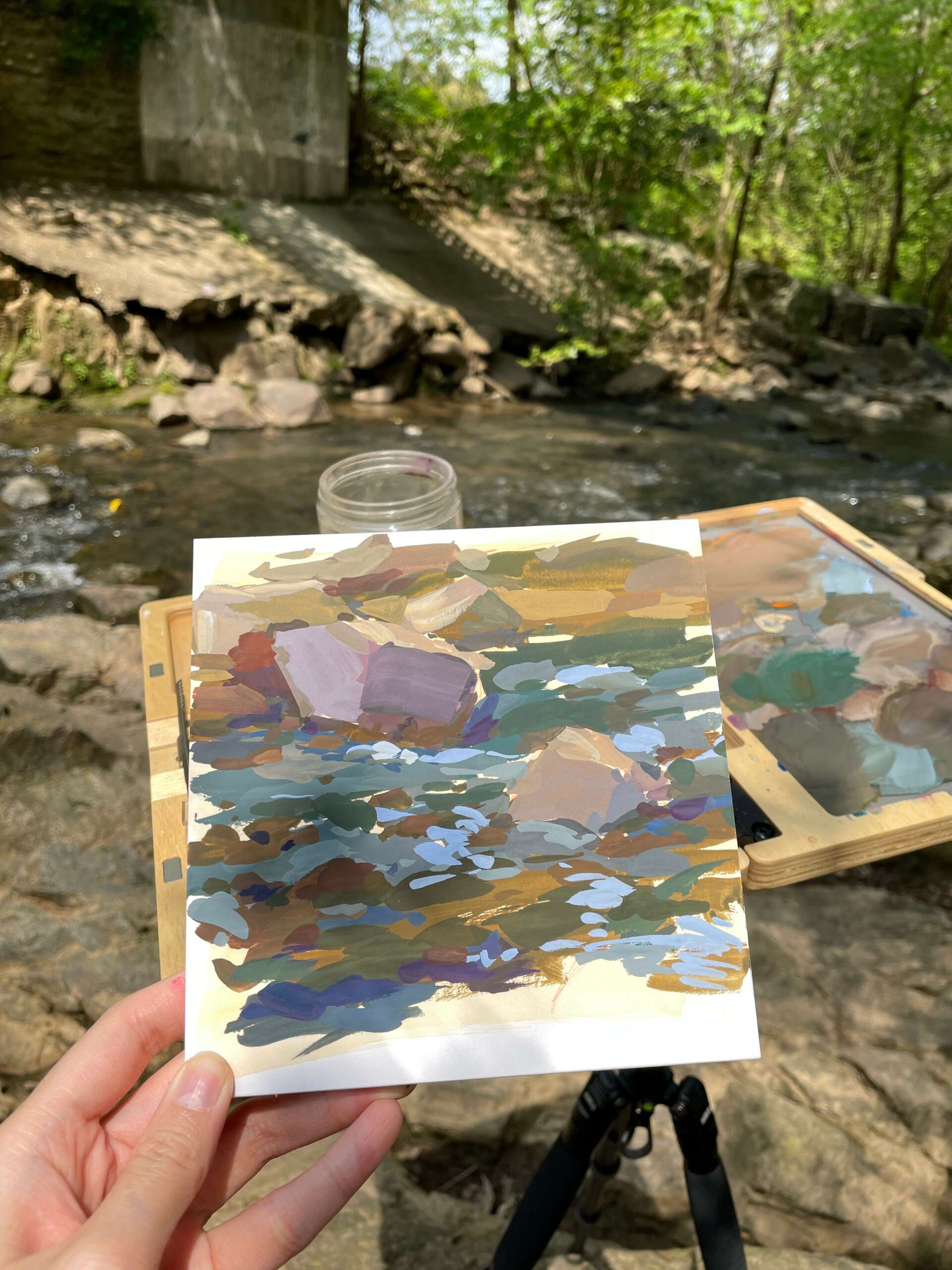

Learning and unlearning are both critical parts of growth – can you share a story of a time when you had to unlearn a lesson?
For the longest time, I’ve bought into the narrative that sacrificing your personal well-being was necessary to achieve your goals. I would often hear from peers about skipping meals and relying solely on caffeine to power through portfolio work. It was so normalized. There was a constant pressure to produce and to improve, whether it be through classes and online art challenges, and while I think that such pursuits are still wonderful and valuable, I couldn’t ignore the underlying motivations. It seemed that if you weren’t actively promoting and excelling at your craft, you were falling behind. What was troubling was how many folks wore burnout as a badge of honor.
I participated in hustle culture and experienced its detrimental effects. To be brief, it led to gastrointestinal problems that persist to this day. I can’t sit at a desk for long hours, and I have to carefully monitor my diet to manage my GERD symptoms.
My hope is that artists will take the time to recalibrate and prioritize their well-being. It’s crucial to reassess and evaluate each artist’s path to success. What works for another artist may not work for you, and that is perfectly fine. Don’t get caught in someone else’s momentum at the expense of your own needs.
Contact Info:
- Website: https://maryhpham.com/
- Instagram: https://www.instagram.com/phammy_pack/
- Linkedin: https://www.linkedin.com/in/mary-pham-ba22b1157/


